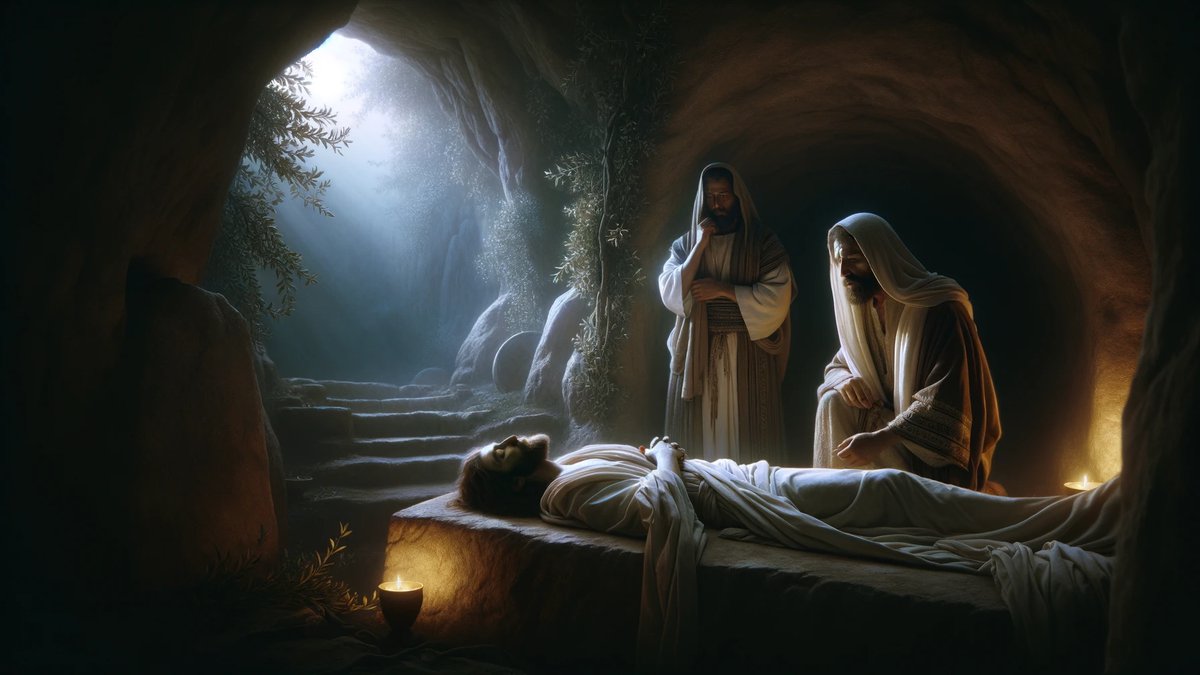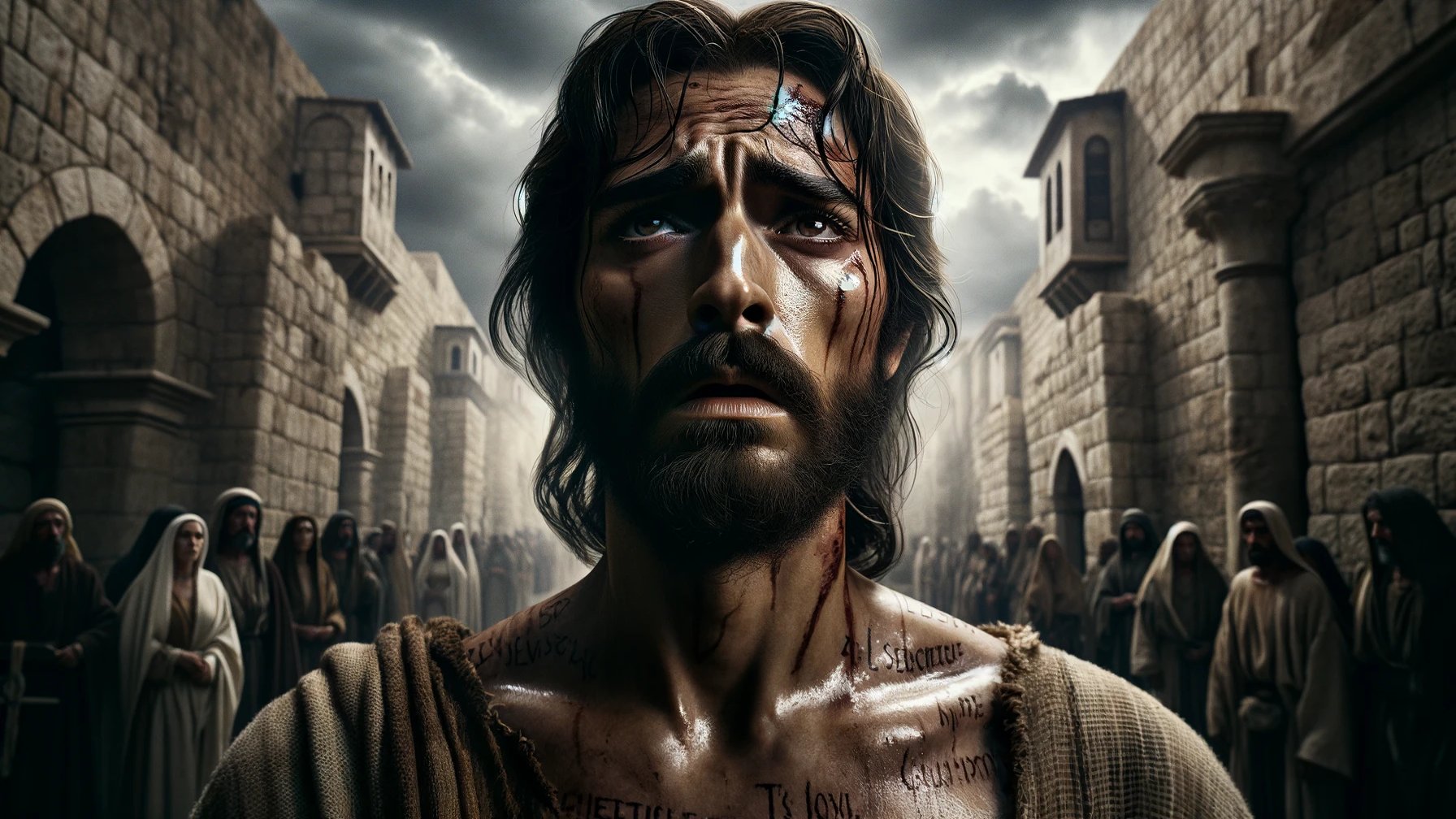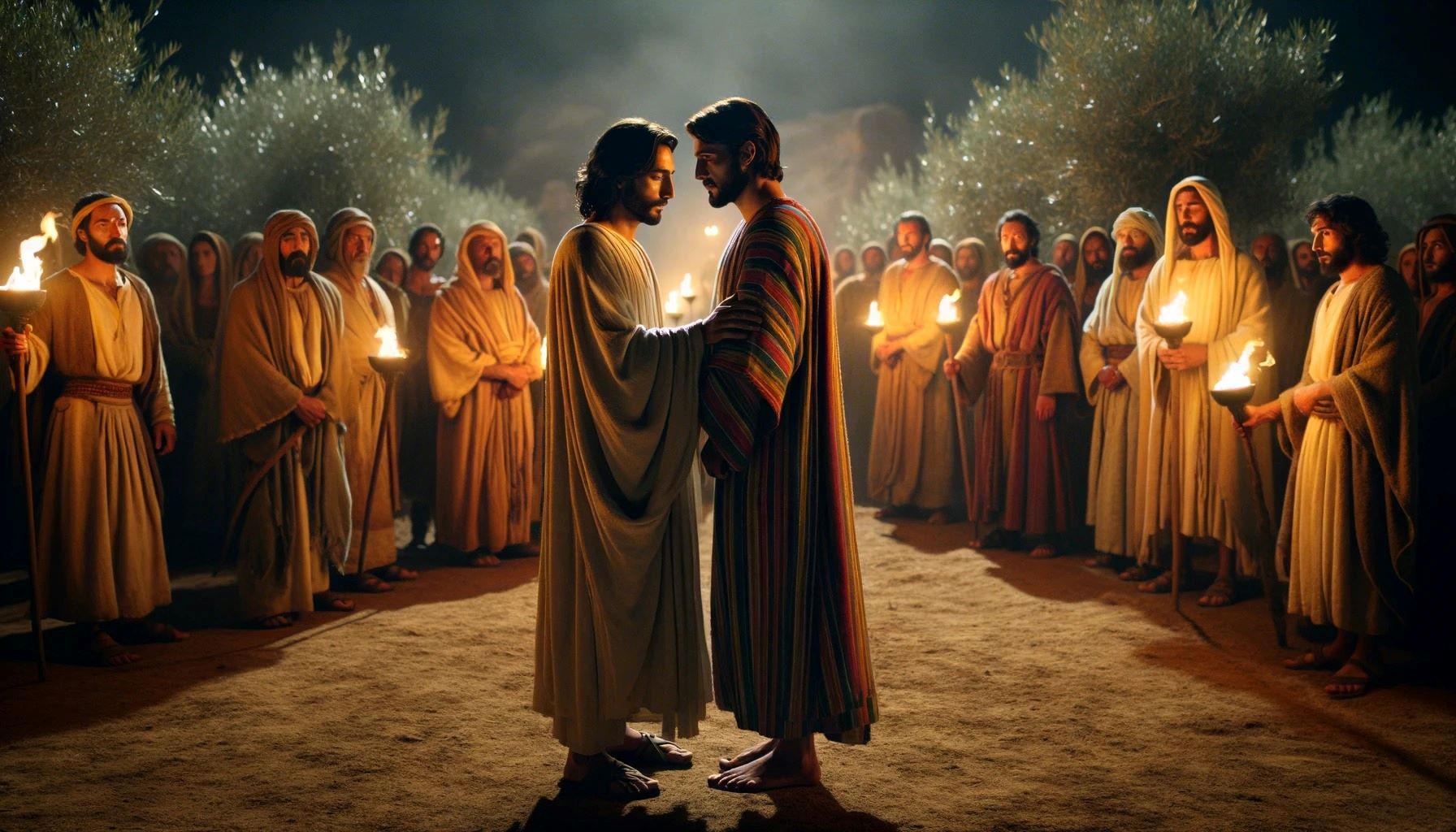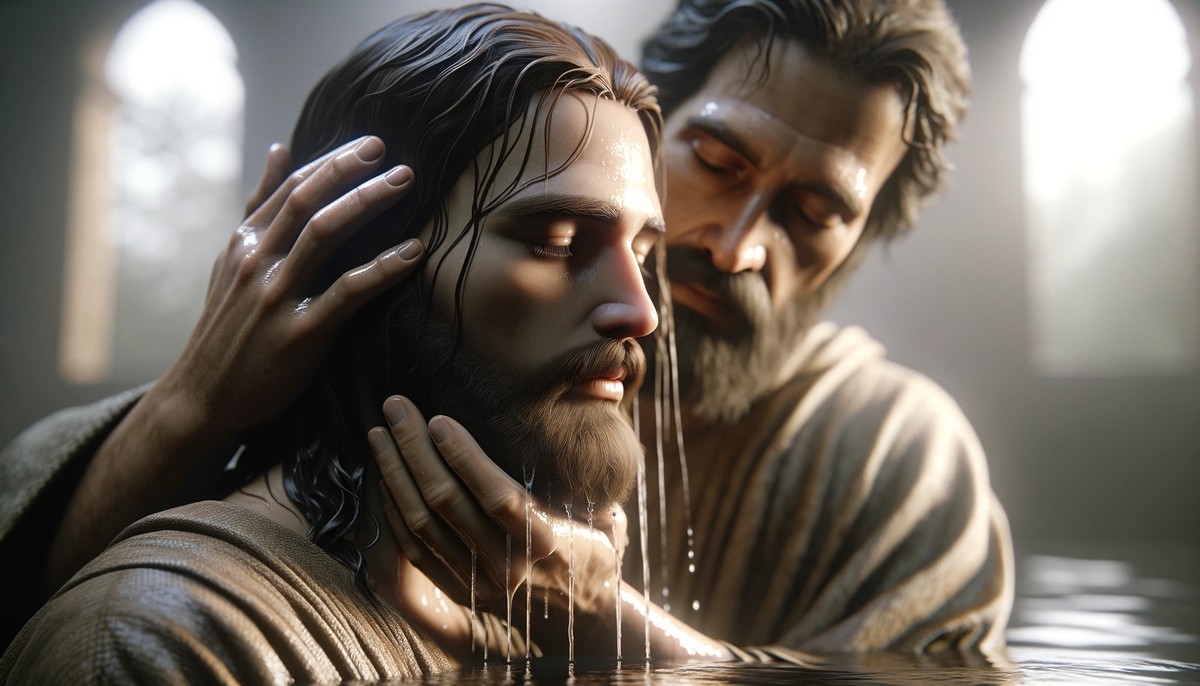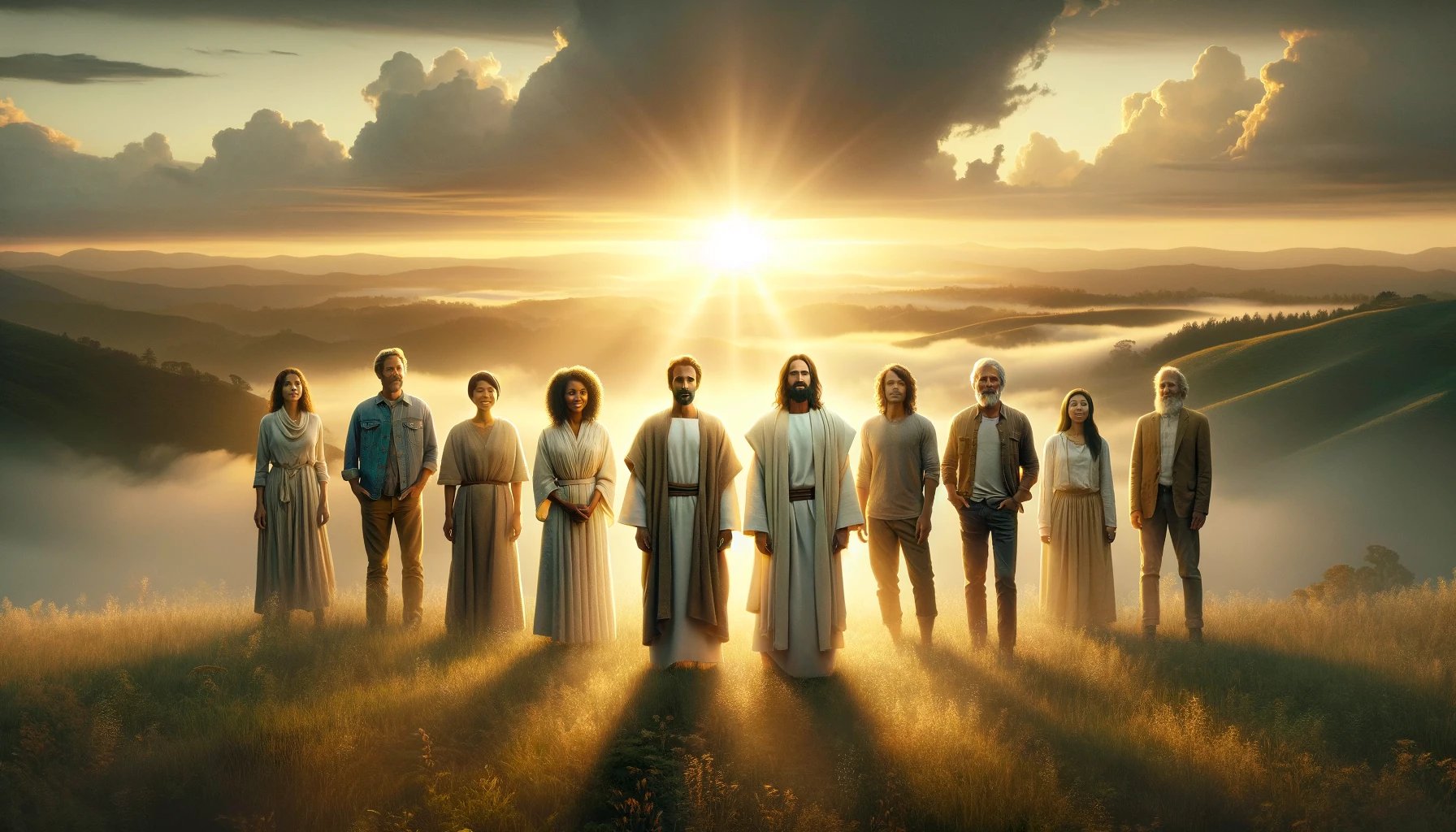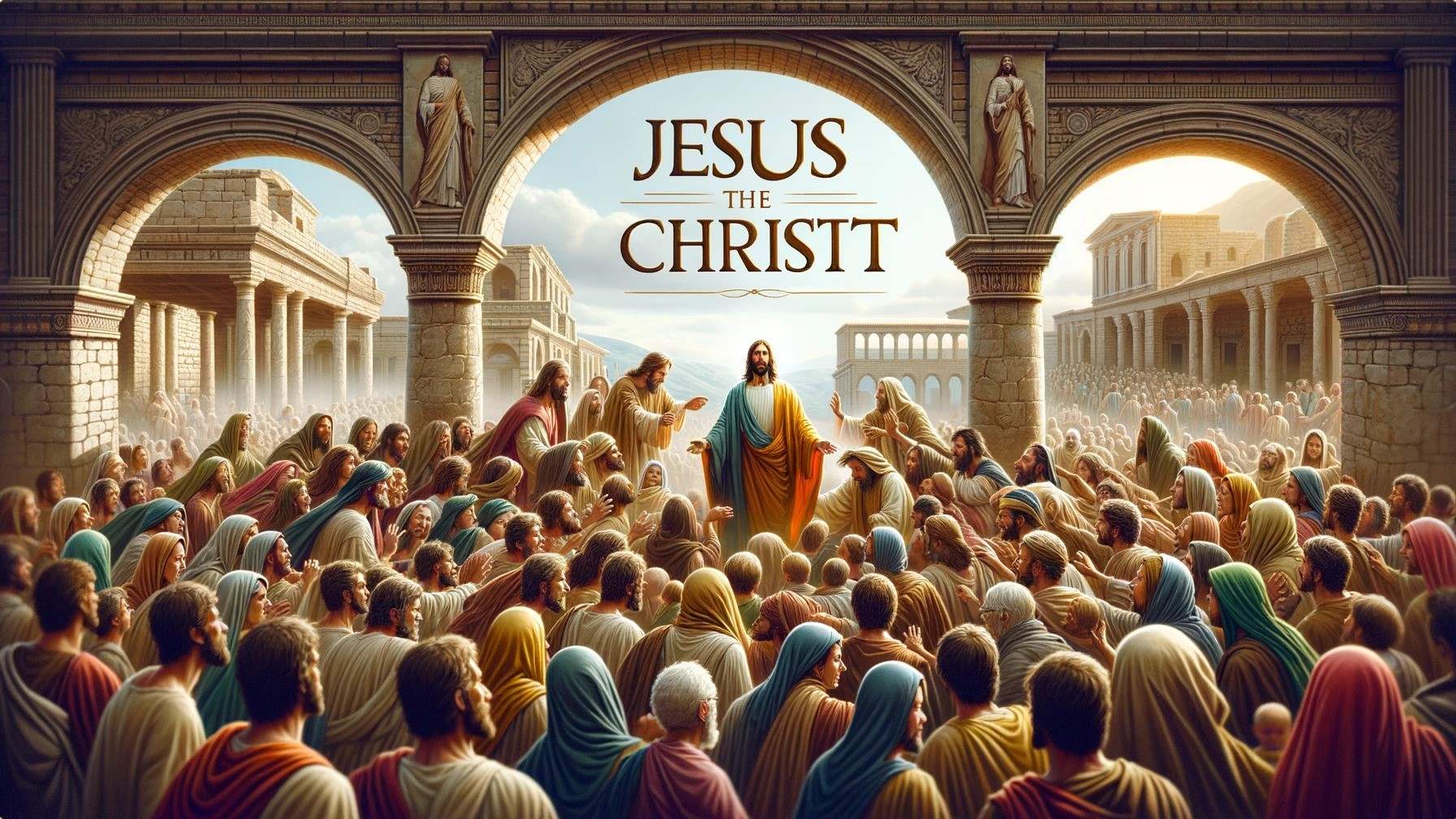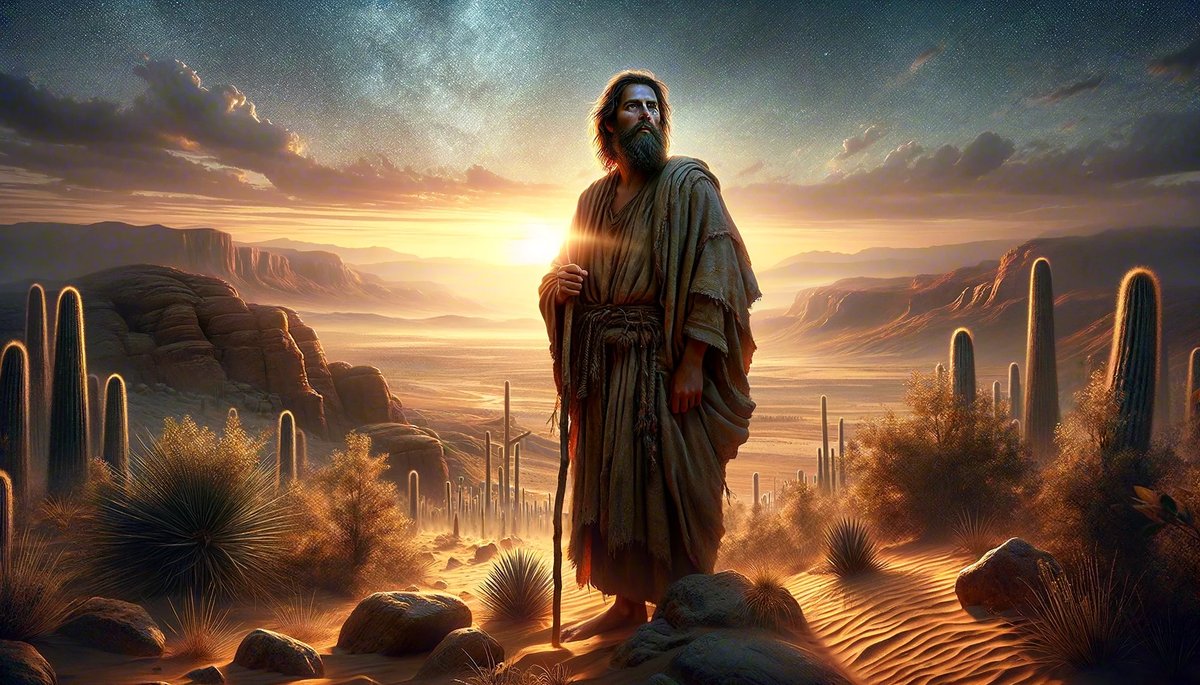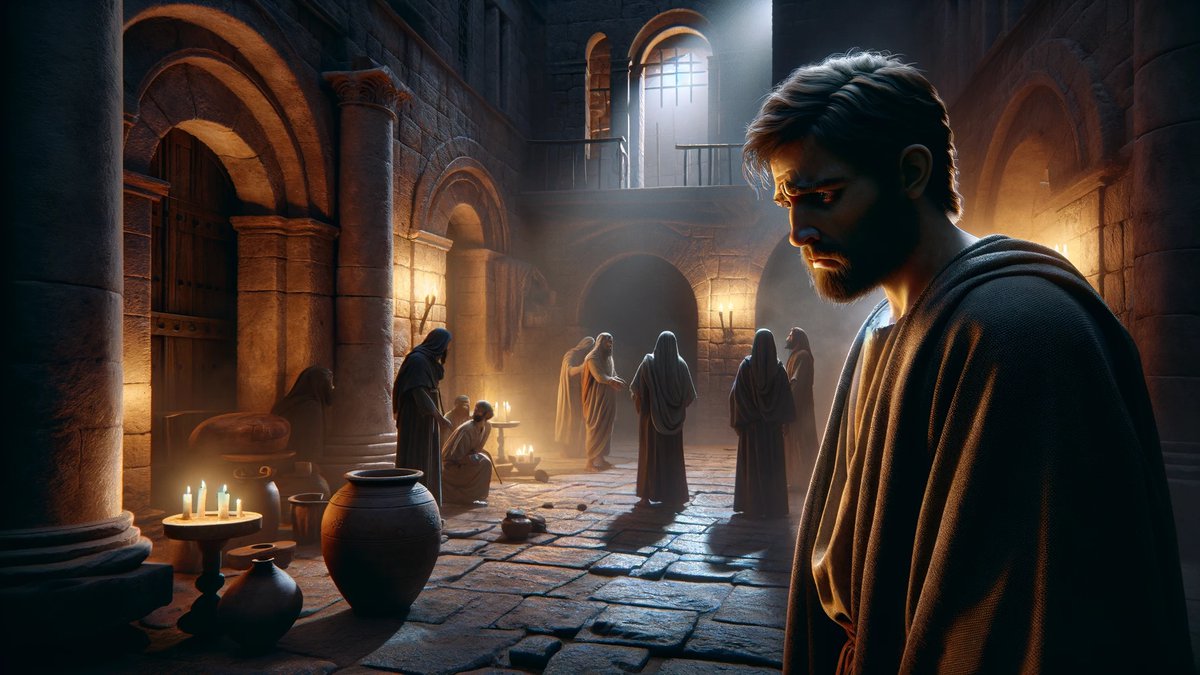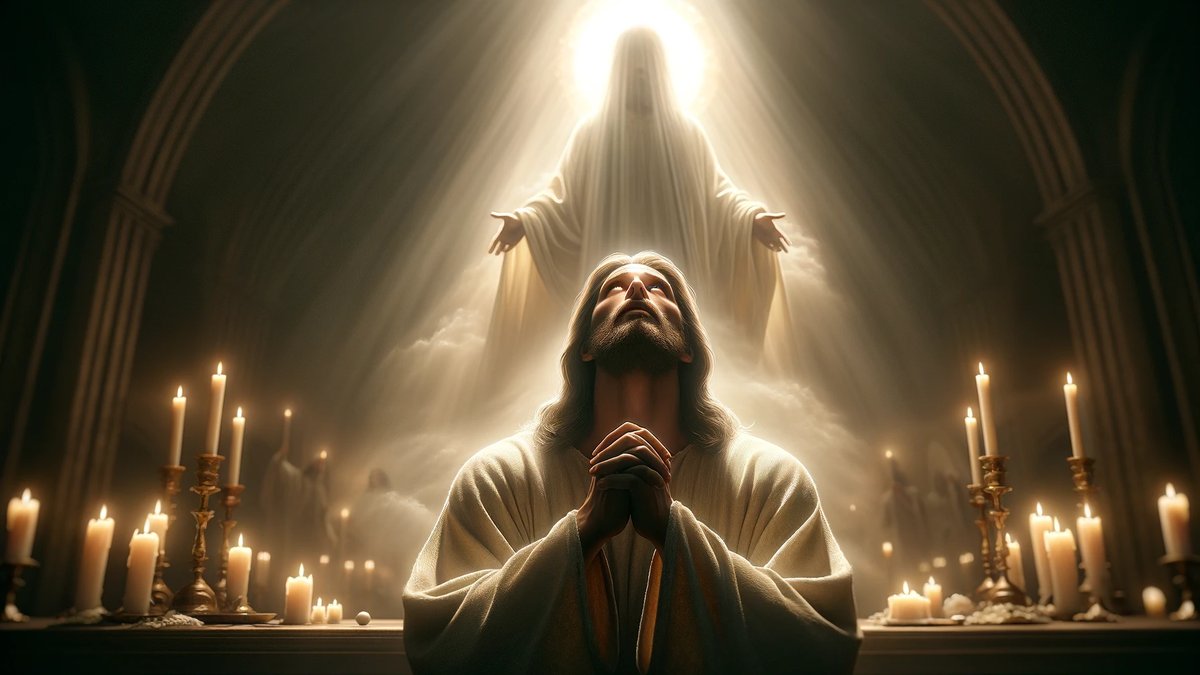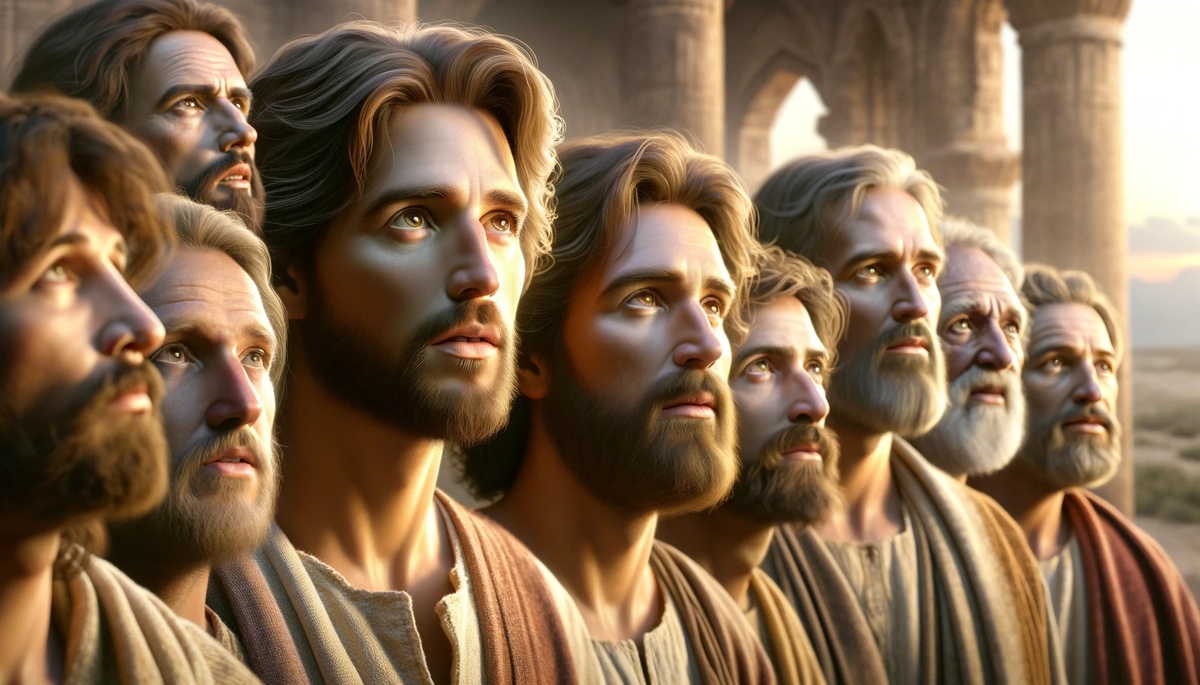Home>Christian Videos>Bible Stories>Who Was At The Last Supper With Jesus Christ
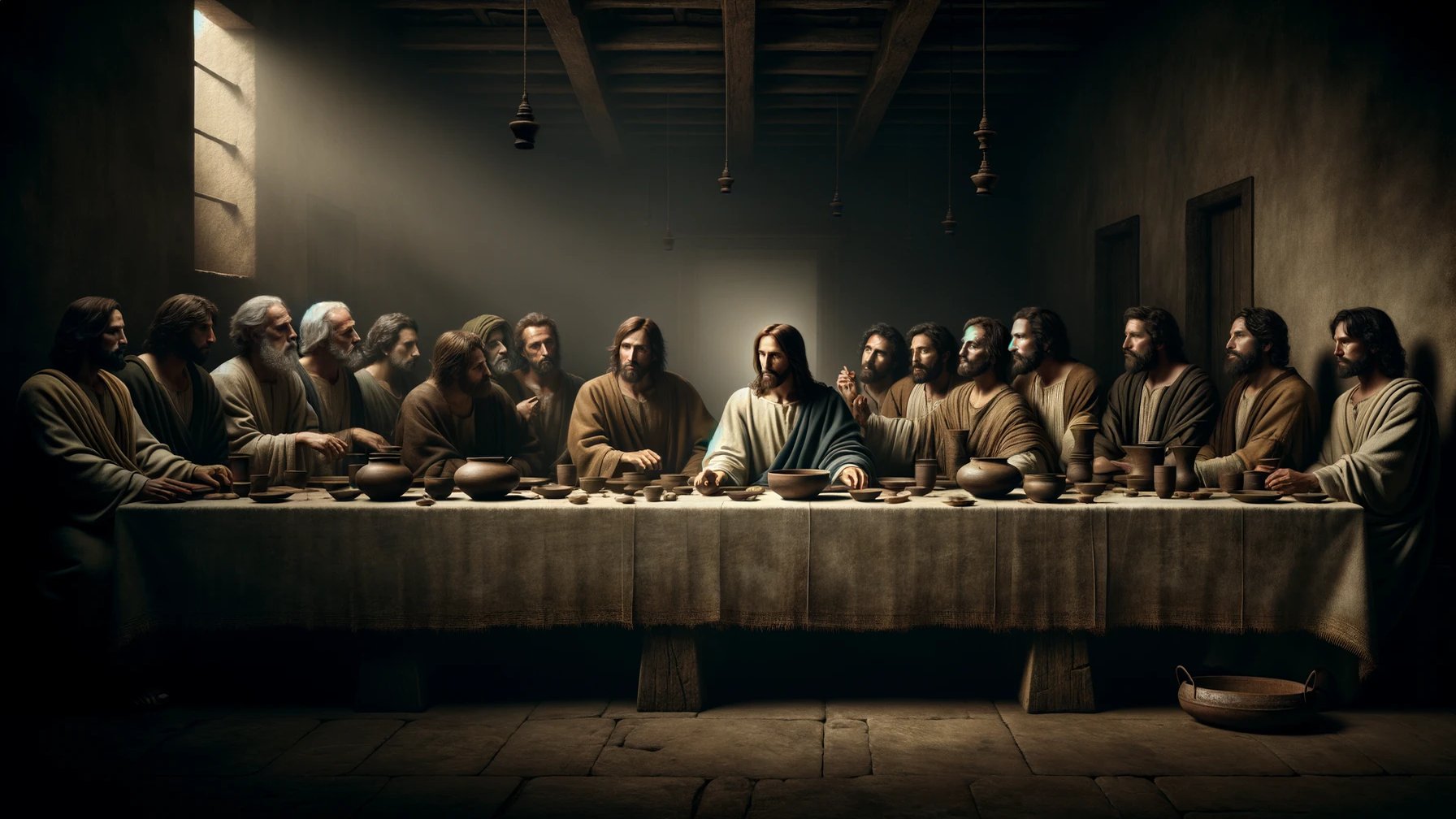

Bible Stories
Who Was At The Last Supper With Jesus Christ
Published: March 3, 2024
Jason DeRose, Managing Editor at Christian.net, uses his expertise in religion and journalism to deepen understanding of faith's societal impacts. His editorial leadership, coupled with a strong academic background, enriches the platform’s diverse content, earning him recognition in both journalism and religious circles.
Discover the biblical account of the Last Supper and learn about the disciples who shared this significant event with Jesus Christ. Explore more Bible stories.
(Many of the links in this article redirect to a specific reviewed product. Your purchase of these products through affiliate links helps to generate commission for Christian.net, at no extra cost. Learn more)
Table of Contents
The Disciples Who Shared the Last Supper
The Last Supper, as depicted in the New Testament of the Bible, was a significant event in the life of Jesus Christ. It was during this meal that Jesus shared bread and wine with his disciples, symbolizing his body and blood, and foretold his betrayal by one of them. The disciples who shared this momentous occasion with Jesus were twelve in number, and they were:
-
Simon Peter: Peter was one of the closest and most prominent disciples of Jesus. He was known for his impulsive nature and was often considered the leader of the disciples.
-
Andrew: Andrew was Peter's brother and was also among the first disciples called by Jesus. He played a crucial role in spreading the teachings of Jesus after his crucifixion.
-
James, son of Zebedee: James was part of the inner circle of Jesus' disciples, along with his brother John and Peter. He was present at significant events in Jesus' ministry, including the Transfiguration.
-
John: John, often referred to as "the disciple whom Jesus loved," was another member of the inner circle. He was known for his close relationship with Jesus and his authorship of several books in the New Testament.
-
Philip: Philip was from Bethsaida and was known for his practical and logical approach. He was one of the first disciples called by Jesus.
-
Bartholomew: Also known as Nathanael, Bartholomew was initially skeptical about Jesus but later became one of his devoted followers.
-
Matthew: Before becoming a disciple, Matthew was a tax collector. His Gospel is one of the four canonical Gospels in the New Testament.
-
Thomas: Thomas was often referred to as "Doubting Thomas" due to his initial skepticism about Jesus' resurrection. However, he later became a fervent believer.
-
James, son of Alphaeus: James, also known as James the Less, was another of the twelve disciples. He is often distinguished from James, the son of Zebedee.
-
Thaddaeus: Also known as Judas, son of James, Thaddaeus was one of the lesser-known disciples, and not much is recorded about his specific actions or contributions.
-
Simon the Zealot: Simon was associated with the Zealot movement, which opposed Roman rule. He, along with the other disciples, embraced Jesus' message of love and peace.
-
Judas Iscariot: Judas was the disciple who ultimately betrayed Jesus, leading to his arrest and crucifixion. His act of betrayal has been the subject of much analysis and discussion throughout history.
These twelve disciples were chosen by Jesus to accompany him during his ministry, and they were present at the Last Supper, where Jesus imparted significant teachings and prophecies.
Read more: Who Is Jesus Christ’s Mother
The Identity of the Betrayer
The identity of the betrayer at the Last Supper is one of the most well-known aspects of the event. Judas Iscariot, one of the twelve disciples, was the one who ultimately betrayed Jesus. Judas' betrayal is a pivotal moment in the narrative of Jesus' crucifixion and is a subject of deep reflection and analysis in Christian theology. The Gospels of Matthew, Mark, Luke, and John all recount the betrayal of Jesus by Judas, with each providing unique insights into the circumstances surrounding this significant event. Judas' act of betrayal, which involved identifying Jesus to the religious authorities with a kiss, led to Jesus' arrest and subsequent crucifixion. The motivations behind Judas' betrayal have been the subject of much debate, with theories ranging from personal greed to a misunderstanding of Jesus' mission. Regardless of the reasons, Judas' role as the betrayer has left an indelible mark on the story of the Last Supper and the events that followed.
The Role of Mary Magdalene
Mary Magdalene is a prominent figure in the New Testament and is often associated with the events surrounding the crucifixion and resurrection of Jesus Christ. Her role in the Last Supper, while not explicitly detailed in the biblical accounts of the event, is significant in the broader narrative of Jesus' ministry. Mary Magdalene is described as one of the women who followed Jesus and provided for him and the disciples out of her own means. Her unwavering devotion to Jesus and her presence during key moments in his life demonstrate her importance in the early Christian community.
Mary Magdalene is also known for her presence at the crucifixion of Jesus, where she stood alongside Jesus' mother, Mary, and other women who had followed him. Her steadfastness in the face of such a harrowing event exemplifies her deep commitment to Jesus and his teachings. Additionally, Mary Magdalene is a central figure in the accounts of Jesus' resurrection. According to the Gospel of John, she was the first to witness the empty tomb and encounter the risen Jesus. This pivotal role in the resurrection story underscores Mary Magdalene's significance as a witness to the central event of the Christian faith.
In some traditions and historical interpretations, Mary Magdalene is also identified as the woman who anointed Jesus' feet with expensive perfume and wiped them with her hair. This act of devotion and humility further emphasizes her close connection to Jesus and her willingness to express her faith in profound ways. The portrayal of Mary Magdalene in these various contexts highlights her as a devoted follower of Jesus and a key witness to crucial moments in his life and ministry.
Mary Magdalene's presence at the Last Supper, while not explicitly detailed in the biblical accounts, aligns with her consistent support of Jesus and her integral role in the events surrounding his crucifixion and resurrection. Her unwavering faith and steadfastness make her a significant figure in the narrative of Jesus' final days, and her contributions have left a lasting impact on Christian tradition and theology.
The Presence of Other Followers
The Last Supper, as a pivotal event in the life of Jesus Christ, also included the presence of other followers who were not among the twelve disciples. While the Gospels primarily focus on the interactions between Jesus and his twelve chosen disciples during the Last Supper, it is important to acknowledge the potential presence of other individuals who were part of Jesus' wider circle of followers and supporters.
One notable figure often associated with the Last Supper is Lazarus of Bethany. Lazarus, who was raised from the dead by Jesus, and his sisters, Mary and Martha, shared a close relationship with Jesus. Their presence at the Last Supper would have added depth to the gathering, considering the profound impact of Lazarus' miraculous resurrection on Jesus' ministry.
Additionally, the Gospel of John mentions a "beloved disciple" who reclined close to Jesus during the Last Supper. While the identity of this beloved disciple is a subject of scholarly debate, the presence of this unnamed follower underscores the likelihood of others beyond the twelve disciples being part of this significant event.
Furthermore, the Last Supper is often depicted as a Passover meal, a significant Jewish tradition. It is plausible that other individuals, such as friends, acquaintances, or fellow believers, may have been present to partake in the Passover observance with Jesus and his disciples.
The presence of these additional followers at the Last Supper serves to enrich the context of the event and emphasizes the inclusive nature of Jesus' ministry. Their participation in this communal gathering underscores the impact of Jesus' teachings and actions on a broader community of believers, beyond the immediate circle of the twelve disciples.
In considering the Last Supper and its participants, it is essential to recognize the potential presence of other followers who contributed to the rich tapestry of individuals touched by Jesus' message and ministry. Their inclusion in the narrative of the Last Supper reflects the diverse and far-reaching influence of Jesus Christ during his earthly ministry.

